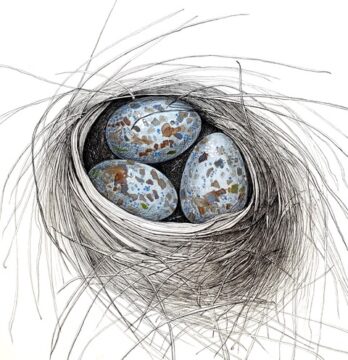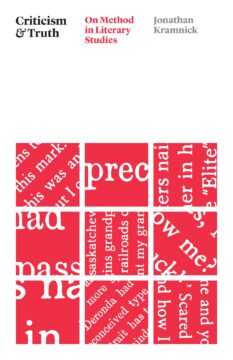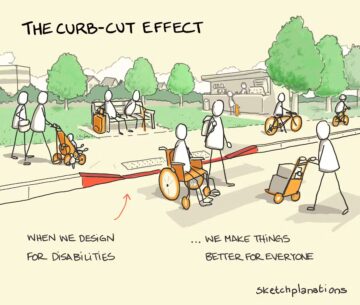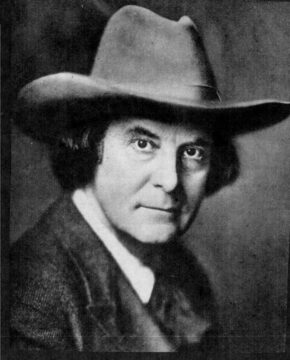by David Greer

Standing face to face with an Anna’s hummingbird hovering a foot or two from my nose, I felt a little mesmerized. Anna’s hummingbirds tend to have that effect on me. They’re otherworldly creatures, with a world of mystery packed into a body that weighs not much more than a paperclip. Hummingbirds are the only bird capable of both hovering and flying backwards, thanks in large part to a unique wingbeat pattern that has inspired the design of surveillance drones. The Anna’s male’s courtship dive surpasses 90 feet a second, though you’re more likely to hear it than see it. If you’re familiar with the alarm whistle of a Rocky Mountain marmot, you’ll know what to listen for. The male Anna’s iridescent head feathers flash like an amethyst when caught by the sun. And it’s absolutely fearless, sending birds many times its size packing when they threaten its territory.
Then there’s the fierce intelligence of the hummingbird. Corvids (crows, ravens, jays, magpies) and parrots are considered the smartest of the avians, but the hummingbird is no slouch either. With the largest brain-to-body ratio of any bird, its brain accounts for over 4% of its total body weight—more than twice the relative size of the human brain. The more science understands about the intelligence of birds, the clearer it becomes that “bird brain” is one of the most misused insults of all time.
What this bird wanted as she assessed me with her beady eyes wasn’t immediately clear. Hummingbirds are known to memorize the faces that keep their feeders topped up, and to issue in-your-face reminders when the supply falls short, but I didn’t have an active feeder installed. They are also known to memorize every bloom they have visited in recent days so as not to waste energy on a flower that has not yet had time to replenish its supply of nectar. Impressive, but not relevant to our encounter. Read more »


 It is now close to 20 years since I completed my Ph.D. in English, and, truth be told, I’m still not exactly sure what I accomplished in doing so. There was, of course, the mundane concern about what I was thinking in spending so many of what ought to have been my most productive years preparing to work in a field not exactly busting at the seams with jobs (this was true back then, and the situation has, as we know, become even worse). But I’ve never been good with practical concerns; being addicted to uselessness, I like my problems to be more epistemic. I am still plagued with a question: Could I say that what I had written in my thesis was, in any particular sense, “true?” Had I not, in fact, made it all up, and if pressed to prove that I hadn’t, what evidence could I bring in my favour? Was what I saw actually “in” the text I was studying?
It is now close to 20 years since I completed my Ph.D. in English, and, truth be told, I’m still not exactly sure what I accomplished in doing so. There was, of course, the mundane concern about what I was thinking in spending so many of what ought to have been my most productive years preparing to work in a field not exactly busting at the seams with jobs (this was true back then, and the situation has, as we know, become even worse). But I’ve never been good with practical concerns; being addicted to uselessness, I like my problems to be more epistemic. I am still plagued with a question: Could I say that what I had written in my thesis was, in any particular sense, “true?” Had I not, in fact, made it all up, and if pressed to prove that I hadn’t, what evidence could I bring in my favour? Was what I saw actually “in” the text I was studying?



 Sughra Raza. Colorscape, Celestun, Mexico. March 2025.
Sughra Raza. Colorscape, Celestun, Mexico. March 2025.
 Lana Del Rey exists in a meticulously crafted world of her own. It’s a world apart. I purchased an invite to drop-by this summer, so that I might glimpse its finer details. Along with the crowd at the Anfield stadium in Liverpool, I was standing at its perimeter, gazing inwards, wondering. The atmosphere seemed rarified, there were even lily pads on the custom-built pond.
Lana Del Rey exists in a meticulously crafted world of her own. It’s a world apart. I purchased an invite to drop-by this summer, so that I might glimpse its finer details. Along with the crowd at the Anfield stadium in Liverpool, I was standing at its perimeter, gazing inwards, wondering. The atmosphere seemed rarified, there were even lily pads on the custom-built pond. 

 Today’s modest topic is the future of the West. Will it end in a bang, whimper or maybe just sort of muddle through in some zombie stagger? Whatever happens, a quarter of the way through the American Century, the standard of liberal democracy we hoisted as global inevitability twenty years ago hangs by the scruff of the neck and its enemies are eager to boot it straight into irrelevance.
Today’s modest topic is the future of the West. Will it end in a bang, whimper or maybe just sort of muddle through in some zombie stagger? Whatever happens, a quarter of the way through the American Century, the standard of liberal democracy we hoisted as global inevitability twenty years ago hangs by the scruff of the neck and its enemies are eager to boot it straight into irrelevance.



